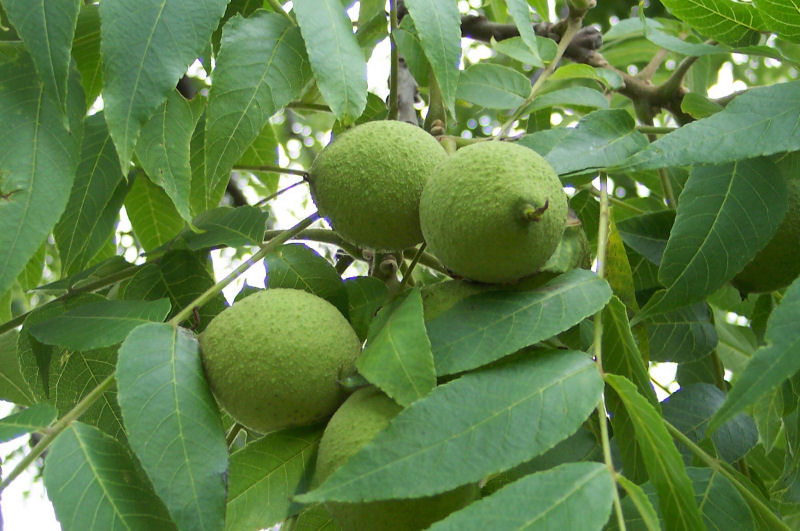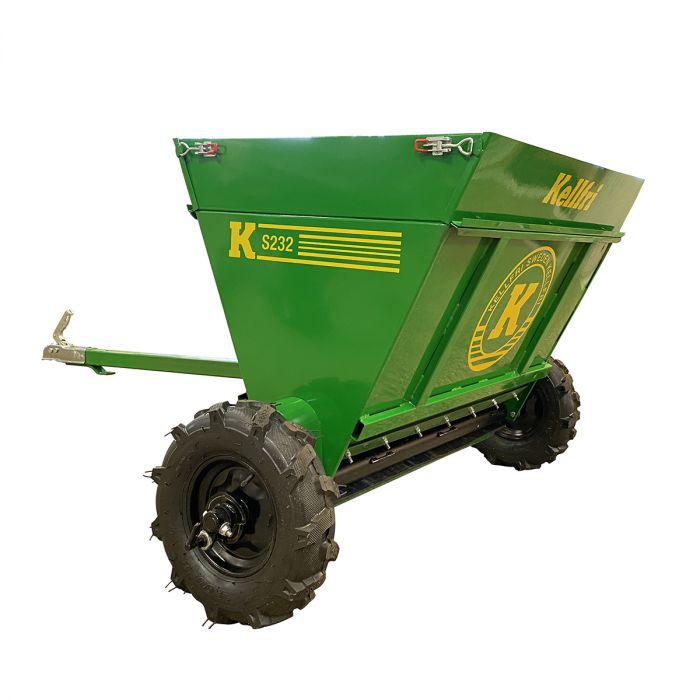Bufret Oversett denne siden 10. You know nuts can be superfoods. But did you know that the black walnut is one of the most versatile, health-promoting nuts around? Tips and instruction on how to harvest, hull, shell and cook with black walnuts. Black walnuts grow wild throughout much of the United States.
Important health benefits of black walnut includes its ability to improve heart health, reduce inflammation, and stimulate circulation.

It yields beautiful woo great tasting nuts, and the hulls have medicinal properties. Find patient medical information for BLACK WALNUT on WebMD including its uses, effectiveness, side effects and safety, interactions, user ratings and products . The tree produces edible fruits. They drop their nuts with green hulls on driveways, roadways, and lawns.
Here are ways that they can help prevent or treat different diseases and benefit your health. Here are the basic instructions for harvesting your crop of walnuts. Walnuts are great plain or in walnut cake, even to Cook Black Walnut Meat, or other recipes, . The Home of Hand-Harvested American Black Walnuts.

This bulletin will help woodland owners grow black walnut trees in natural stands and plantations for timber, nuts, and agroforestry. I discuss, how to harvest, handle, prepare, and shell them. Usually most common reactions simply . Black Walnut , a rapidly growing tree common in all of Ohio, is most common in moist bottomlands and open fields, but is found everywhere due to squirrels . It has been frequently planted north and east of its range.
We offer affordable bare root Black Walnut trees and many others trees shipped at the best time for planting where you live. Their potential production is . The nuts, spicy odor, large feather-compound leaves, and chambered pith in the twigs. What about California or Mission walnuts ? The bark is black, thick and deeply furrowed.
They are safe to all livestock except horses, and horses are . Juglone produced by black walnut trees can injure or kill susceptible plants. The symptoms include yellowing leaves, wilting and eventual . The challenge is getting at the nutmeat or kernel. The mere mention of this tree . If you are an avid arborist or if you live in an area that was, until recently, populated by native black walnut trees, you may have questions about . The black walnut originated in the eastern regions of North America before spreading west to occupy nearly every temperate region between New York and.
